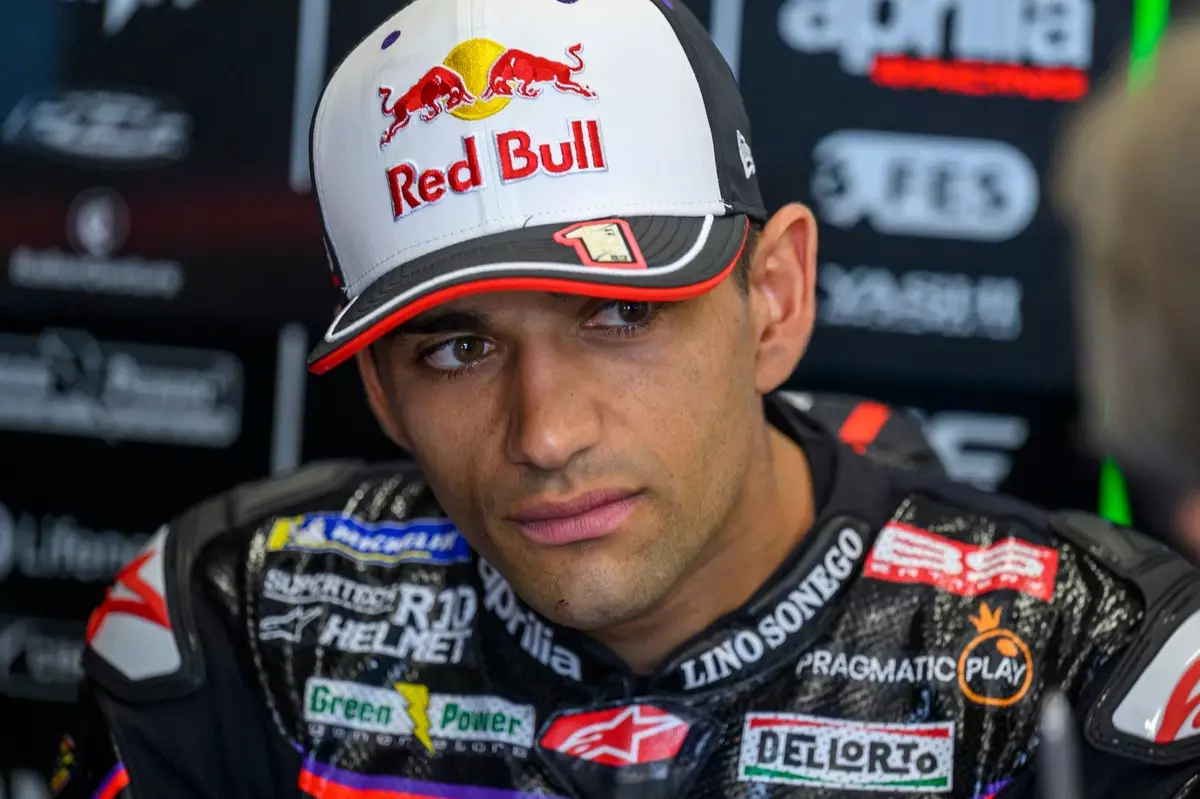The world of MotoGP is not for the faint of heart, a reality starkly highlighted by reigning champion Jorge Martin’s recent accident during the Qatar Grand Prix. With the crash resulting in 11 broken ribs and a pneumothorax, Martin’s remarkable accomplishments take a backseat to the gravity of his injuries. What stands out is not just the physical trauma, but the mental resilience required to navigate such setbacks in a high-stakes environment. Releasing Martin from Hamad General Hospital after a week might seem like a cause for optimism, yet the road to recovery is fraught with uncertainty and challenges.
It’s essential to understand the context of Martin’s injuries. This incident was not merely a random accident; it was compounded by the intense pressure of competitive racing and the harsh realities of the sport. The unfortunate collision with rival Fabio di Giannantonio underscores the inherent risks in MotoGP, where each turn can pose life-threatening dangers. As the first race of the season, this event brought both excitement and peril, thrusting Martin into a precarious situation just as he aimed to kick off 2025 on a strong note.
The Road Ahead: Medical and Mental Recovery
Following his release, the statement from his Aprilia team revealed the necessity for Martin to remain in Qatar for further evaluation before he can fly back to Europe. This careful approach reflects the seriousness of his condition; stabilization is critical following such extensive injuries. The decision to arrange an assisted flight rather than a standard one speaks volumes about the medical team’s cautious and thorough approach. Recovery from such an ordeal doesn’t merely involve physical healing; it requires a strong mental focus and a robust support system.
Surprisingly, the timeline for Martin’s return could span up to three months. For an athlete who thrives on speed, competition, and adrenaline, being sidelined presents a profound psychological challenge. In this high-octane sport, athletes often grapple with the fear of falling behind, especially when their rivals, like di Giannantonio, are pushing forward. It will be interesting to see how Martin deals with the mental strain of recovery while keeping his competitive spirit alive during his absence.
The Wider Impact on MotoGP
The ripples of Martin’s crash extend beyond individual pain; it raises questions about the safety measures in place within MotoGP. The sport has made great strides to enhance rider safety, yet incidents like this of broken bones and punctured lungs serve as reminders that more work remains to be done. How will the MotoGP governing bodies respond? Will this incident prompt a broader reevaluation of safety protocols?
Amidst this backdrop of challenges, the news of Aleix Espargaro’s return as a wildcard rider for the upcoming Spanish Grand Prix offers a glimpse of hope and continuity within the racing community. His previous experience and recent role as a Honda test rider will, undoubtedly, add valuable insights to the team. But this also creates a narrative of competition and resilience within the paddock; while some are healing, others are stepping into the fray, eager to make their mark.
As the season unfolds, all eyes will be on both Martin’s recovery and Espargaro’s performance. It’s a complex tapestry of human endurance, the love for speed, and the camaraderie that binds riders together even in the toughest of times. The MotoGP season will continue to be a spectator sport filled with uncertainty, but also hope, and perhaps it is that very uncertainty that fuels the excitement of racing.

